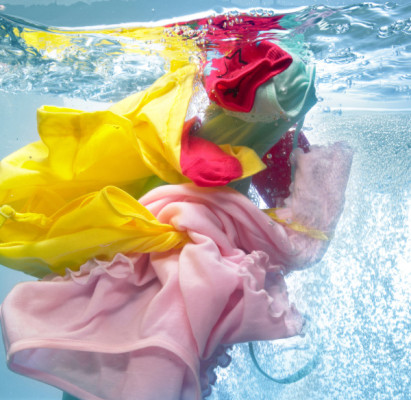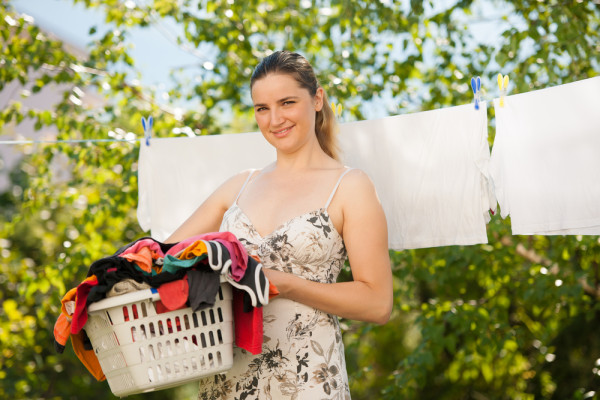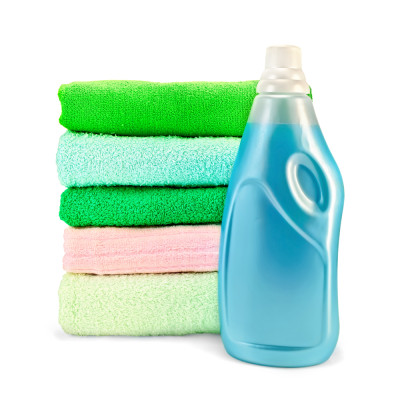You put your fitness apparel through the ringer when you work out, sweating in and stretching out garments during long runs, short HIIT blasts, and steamy yoga sessions. But if your tops and crops get abused while on your body, does that give you more or less incentive you treat them with TLC when you wash them for your next wear?
Good question, especially since a single pair of yoga pants can easily cost more than $100 these days.
Full-disclosure: I used to work for lululemon athletica. While doing marketing for the brand’s new SoHo location in 2025 I spent time in the store. Back then, company policy was to tell people to wash garments however they wanted—hot, cold, turbo dryer, or line dry… just no fabric softener.
This made no sense to me—my mother had taught me to treat my delicates delicately and fitness apparel was no different.
I no longer shop at lululemon for myriad reasons, including some we’ve reported on, but, a trip to the store a year ago showed a marked change in the way employees instructed customers to care for their gear. Basically, they suggested I do exactly what I had been doing the whole time, which is this:
Wash apparel together in cool water: Elastic doesn’t fare well in extreme heat which is the main reason to wash gear in cold water. (Using cold water can also help you save on your home electric or gas bills, depending on your water heater.) Additionally, try and wash all of your slick, part-lycra workout wear together. Rubbing up against rougher fabrics like wool or cotton may actually contribute to pilling in your fitness apparel.
Line or tumble dry: Again, elastic can wear out more easily when it’s exposed to heat. And there’s nothing worse than a pair of saggy workout pants! So tumble apparel dry without heat or, better yet, buy a drying rack. The fabrics most workout clothes are made of are designed to not hold extra moisture–thus the “wicking” claims–so chances are your sports bras and tanks will dry in a lot less time than much of the rest of your wardrobe.
Skip the fabric softener: No change here. Fabric softener actually sinks into the weave of fabric, blocking the holes between the fibers and hindering a garment’s ability to wick moisture away. This won’t even come up if you line dry your gear, but if you want slightly softer apparel you can always try a rubber dryer ball (or some tennis balls) which do a pretty good job of fluffing your clothes as they tumble.
Also Read:
Live with Kate Hudson: Fit Friendly and Frustrated
Wear Me Out Clothing, the Spanx of Workout Wear, is Worthy of Your Sweat




